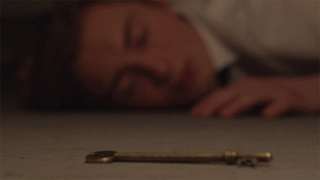Camera Angles/Shots/Movements
Establishing Shot: Usually the first shot of a scene. Lets audience know where action is taking place. Usually a very/extreme wide shot.
Long Shot: Full body shot of character/object. We see more detail of the character.
Mid Long Shot: Shot of character from thighs upwards. 1/2 to 3/4 length shot. Involves the audience more into the scene and shows more detail.
Two Shot: Shot of two people
Mid Shot: Shot of character from waist upwards.
Close Up: Close shot of face/object, makes audience focus and shows detail.
Extreme Close up: Very close shot of character/object. The audience focuses more, gives insight, and detail.
High Angle Shot: High up, makes character look smaller and insignificant against setting.
Low Angle Shot: Makes character powerful and significant. Gives status
Point of View: Puts audience in character's shoes. Involves audience, particularly used in horrors.
Over the shoulder shot: Camera shows both characters. Used in conversation. Almost makes audience feel cut out of the scene.
Canted Angle: Off Centre, Tilted, Makes audience emotionally disorientated and confused.
Pan: Camera stays still but lens moves from left to right
Zoom: Changing focal length of the lens to make subject closer and further away from frame.
Tilt: Moving lens up or down
Track: Camera tracks subject, along with action.
Handheld: Mobile, able to make people and follow the action
Tags:
a1
























0 comments